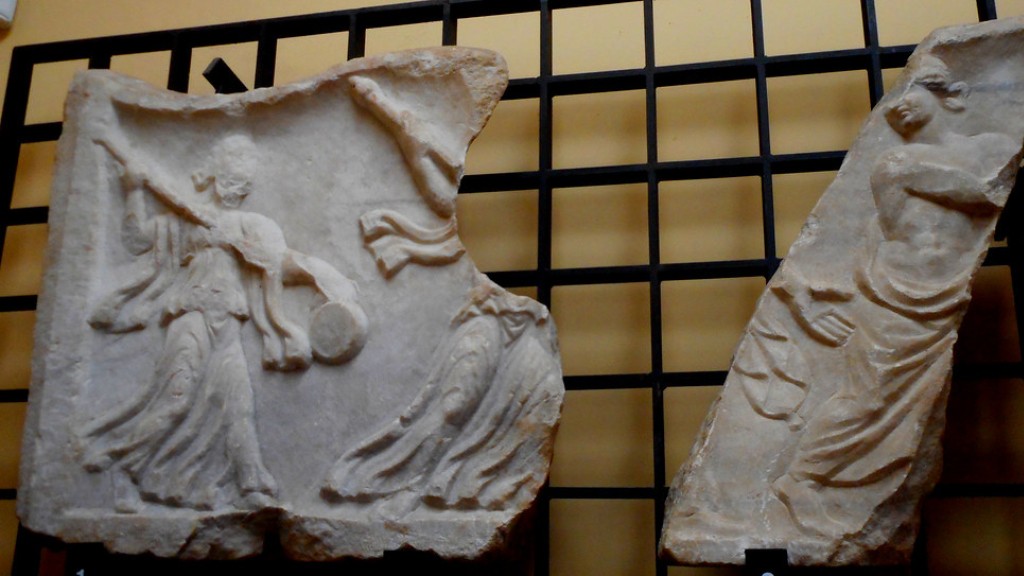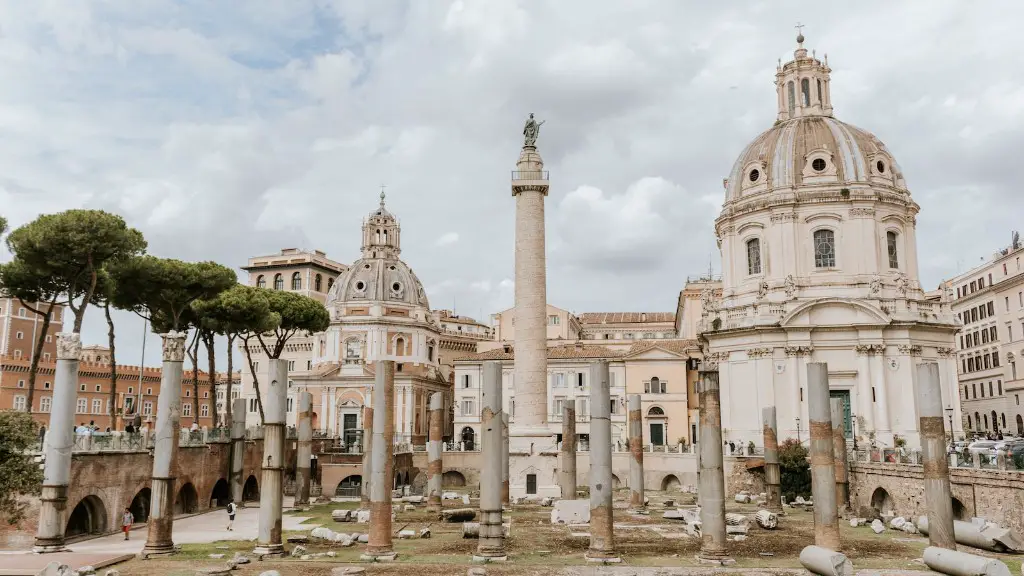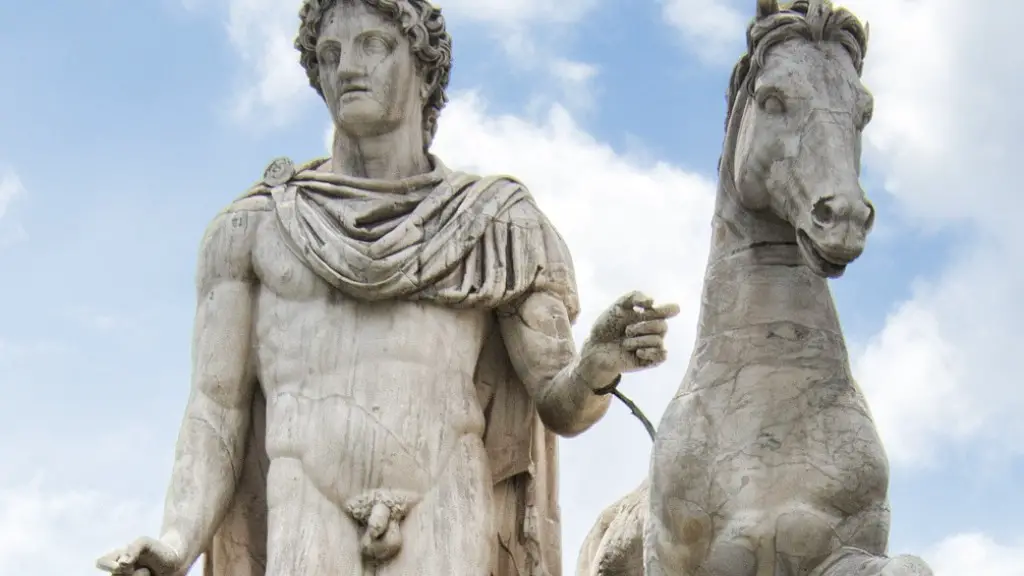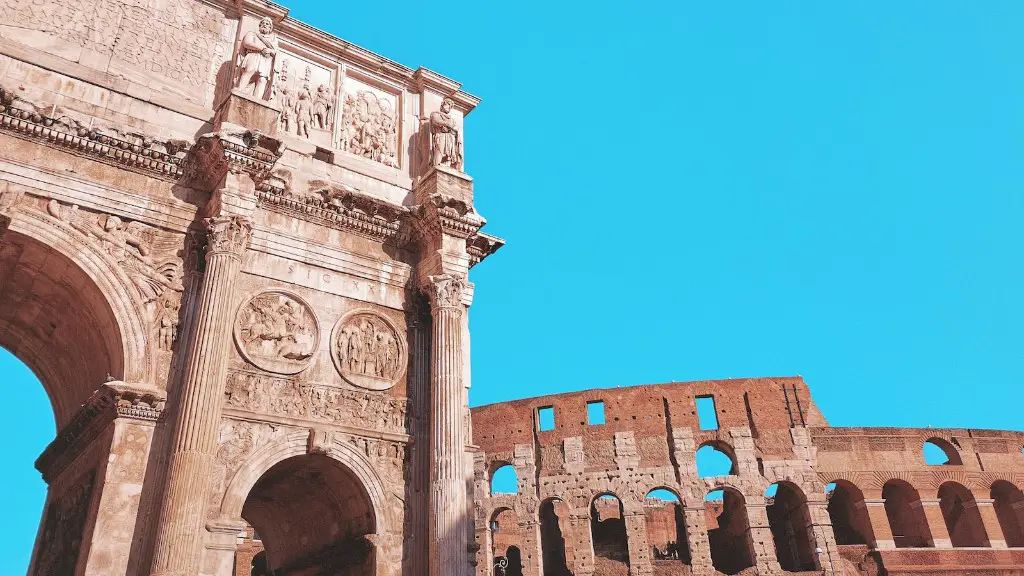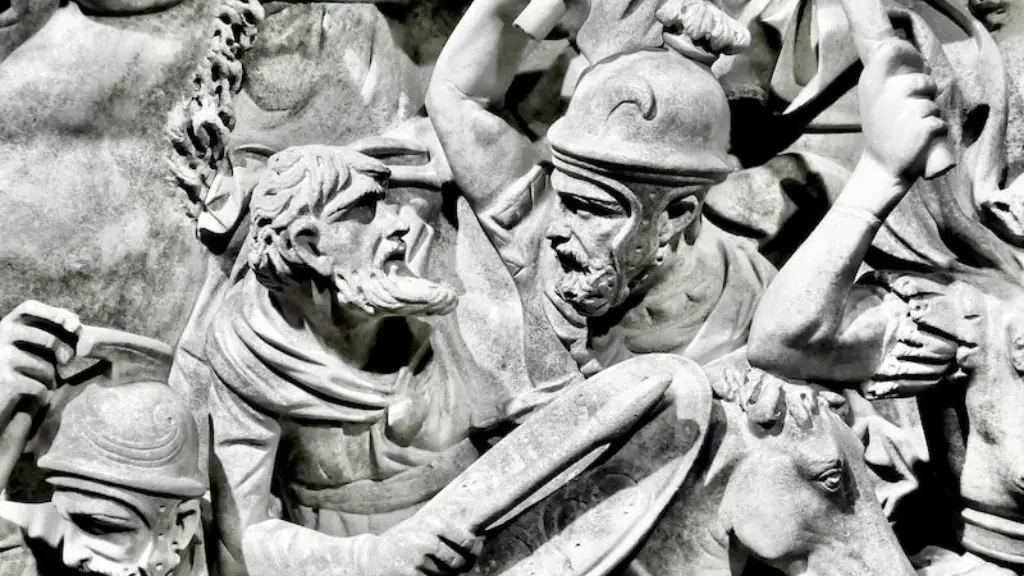Geography of Ancient Rome
Ancient Rome was located in the Central Mediterranean, on the Italian Peninsula. It was centered around the seven hills on which it was founded, Tiber River, and the gulf of Naples. Ancient Rome was essentially a city and the surrounding area, and an assortment of connecting roads. In ancient times, these roads were often the only way to travel between one city or town and another. Though horses, carriages and carts were used, walking was often the most common way to get from place to place.
In order to successfully plant a city and keep it thriving, roads were needed to allow for trade, industry and travel. The integrity and strength of the city depended on good roads for bringing in the supplies and raw materials, as well as taking out the finished products, and for accommodating the movement of people. Ancient Rome had a vast network of roads, bridges and aqueducts, as well as a wealth of public infrastructure.
Link to Empire
Roman roads were built to enable the successful expansion and domination of the Roman Empire. Roads were constructed to enable swift and safe transport of troops and supplies. Ancient Roman roads were designed, engineered, and built with great skill. The many pathways, including the famous Appian Way, allowed the Roman Empire to expand by enabling efficient transportation and communication between ports, cities and fortresses, and the far-reaching corners of the Empire.
The elliptical pattern of the roads made the distances between places shorter and more efficient. To bridge the gaps, bridges and tunnels were created, creating a criss-cross, web-like pattern that was easy to navigate. This efficiency allowed the Empire to expand and explore, without losing control. It was this efficiency that allowed the Roman Empire to become legendary.
Maintenance
The roads of Ancient Rome were designed to last, and were made to be easily maintained. The roads were paved with limestone and gravel and were wide enough to let two vehicles pass each other. The Romans also introduced the use of ridges or “cords”, which divided the road into two lanes. In addition, to help the travelers keep on track, milestones and markers were placed along the way.
Along with maintenance, the roads also had other uses such as providing a connection for post offices, public baths, and sports fields. Furthermore, the infrastructure of ancient Rome allowed for physical access for trade, politics, and military activities of the Roman Empire. The military mostly used these roads for their advantage; allowing them to assert superiority over the people of the newly conquered territories.
Legacy
The legacy left by Roman roads has been evident throughout history, and still remains today. The roads played a major role in the success of the long-lived Ancient Roman Empire. One of the features that separated Roman roads from other roads of the time was its geometrical path. Ancient Roman roads provided a sturdier foundation, with its system of well-ventilated tunnels and solid arch bridge support. The roads were also extremely durable, which allowed them to remain intact even after centuries of wear and tear.
The ancient Roman road system has been admired ever since and has been the inspiration for modern road systems. From Spain to Turkey, and Great Britain to North Africa, the ancient Roman road system is still evident today. Even in Rome itself, many of the roads are still intact, although in a deteriorating state.
The Importance of Roads in Ancient Rome
For the Roman Empire, roads were an essential infrastructure that allowed for swift military and trade movements, as well as providing a way for people to travel for religious observances, recreation and more. Therefore, roads and other infrastructures served as one of the primary keys to success for the Roman Empire and played a critical role in establishing and maintaining its power.
Ultimately, the importance of roads in Ancient Rome lies in the fact that they made it possible for the Roman Empire to expand and to control its territories on a larger scale. Without the roads and the infrastructure that enabled the efficient movement of goods and people, the Roman Empire could not have maintained control, and certainly would not have been able to remain as an empire until 476 CE.
Impact on Society
The impact Roman roads had on society was immense. Before the construction of these roads, traveling between places was slow and arduous and could be dangerous. The roads allowed for the movement of people and goods, allowing for trade and prosperity. As the roads expanded, so did the number of towns, cities, and colonies.
The roads also allowed for the spread of information, ideas, and culture throughout the Roman Empire. The ease of transportation also sparked an increased interest in education, literature and the arts, which led to an improved quality of life. The roads allowed for improved access to physicians and midwives, leading to a decrease in infant mortality rate.
Cost of Building Roads
Building a road in Ancient Rome was labor intensive and costly. It often required men, animals, and machines to manually excavate and transport the materials needed. To aide in the process, Ancient Romans employed the use of a specialized type of concrete which was poured in between stones or bricks. The cost of the materials and labor was usually funded by the governing body or wealthy citizens. Funds were also generated through taxation of businesses and citizens.
Additionally, roads were sometimes built with the intention of providing a project to unemployed workers, providing them with sustenance and cash wages. Over time, Rome developed a system of taxation to fund the construction and maintenance of roads, bridges, and schools. All these taxations served to pay for the costs associated with road building.
Differences from Modern Roads
Modern roads have many advantages over those of the ancient world. Not only are they better built, they are also much safer, smoother and wider. In addition, modern roads come equipped with numerous features such as painted road lines, signage and lights, and even rumble strips. Furthermore, the introduction of asphalt and concrete has drastically improved the durability and longevity of modern roads.
When comparing modern roads to Ancient Roman roads, it’s clear that the ancient roads are lacking in many areas. Ancient Roman roads had no speed limits, lane markings, or street signs. Nonetheless, Ancient Roman roads had a lot of impact and are still admired for their ingenuity and engineering today.
Traffic Congestion
With the rise of cars and modern transportation, one of the biggest issues with roads today is traffic congestion. Ancient Rome had no automobile traffic and thus, no traffic congestion. While its roads were used for military and commercial travel, it was mostly pedestrians who used the roads. Despite being heavily trodden, the roads still remained intact and well-maintained. This can be attributed to their great engineering and construction.
Today, traffic congestion is a worldwide issue. The roads of Ancient Rome can provide some insight into how this problem may be resolved. Ancient Rome implemented a number of features to alleviate the strain of transportation. This includes widening of roads and bridges, improved signage, and the introduction of speed limits. By studying the roads of Ancient Rome and applying their solutions, we can make modern roads more efficient and better suited for the 21st century.
Pollution from Automobiles
Time, technology and industry have all had significant impacts on the environment, especially concerning air pollution. Modern roads are polluted by exhaust fumes from cars and other motorised vehicles. Ancient Roman roads had no automobiles to contribute to air emissions, which kept pollution levels low.
As time has gone on, governments have implemented legislation and regulations to reduce and monitor automotive emissions. Though this has had positive effects, it’s clear that much more needs to be done if we are to reduce pollution to the levels present in Ancient Rome.
It’s also worth noting that Ancient Rome employed other methods of controlling air pollution. These included sewage systems, which diverted wastewater away from the city, as well as strict restrictions, which prohibited citizens from burning materials within city walls. These strategies helped keep air quality at a much higher standard than most cities experience today.
Conclusion
The Ancient Roman roads were an important part of the Roman Empire. Their design and construction allowed for faster transportation, greater efficiency and easier access to remote parts of the Empire. The roads also made a positive impact on society as they allowed for the spread of culture, trade, and religion. Ancient Roman roads have had a strong influence on modern roads, and their legacy continues to be seen today. The roads of Ancient Rome serve as a reminder of the importance of efficient transportation and proper infrastructure for a successful civilisation.

